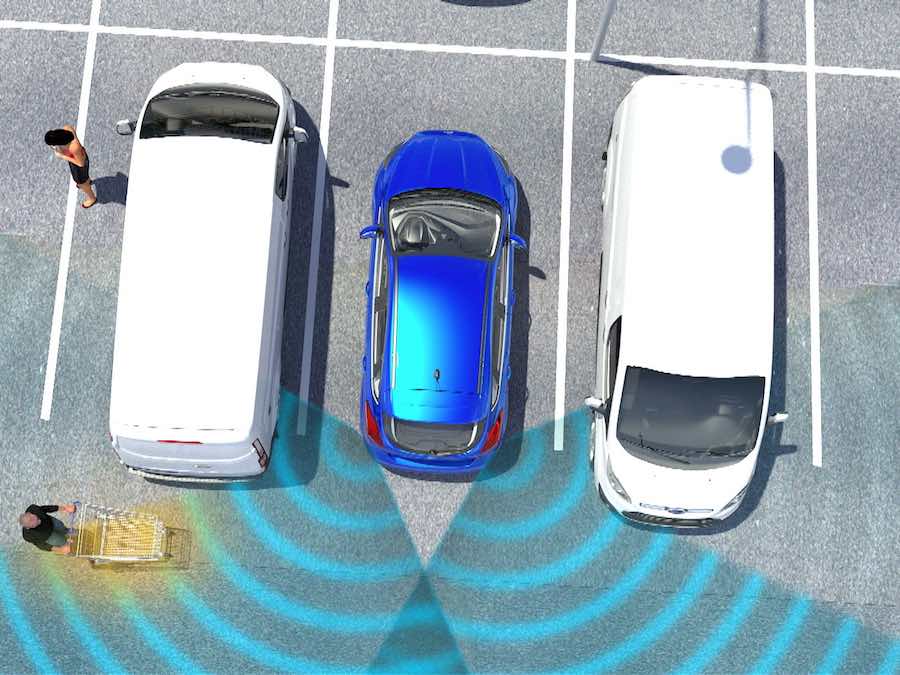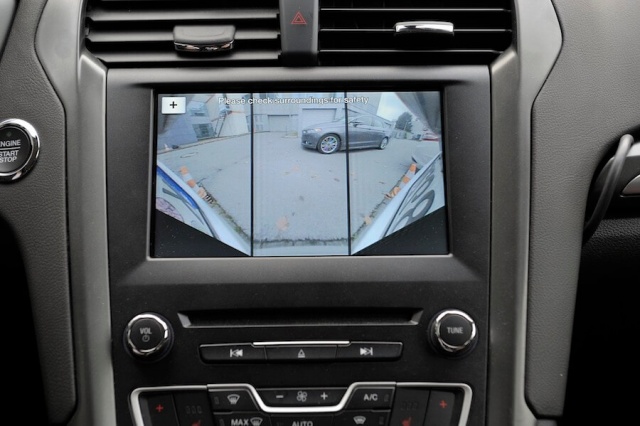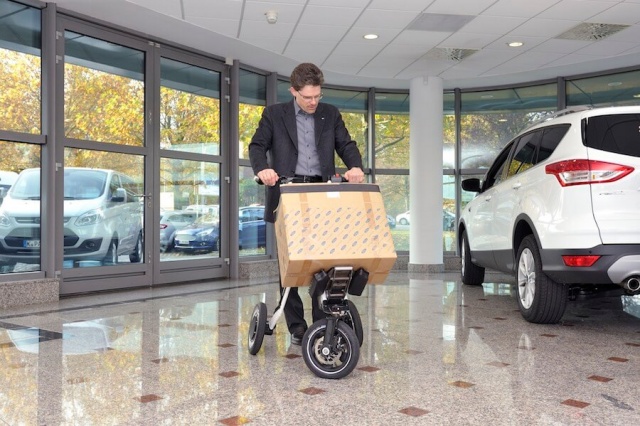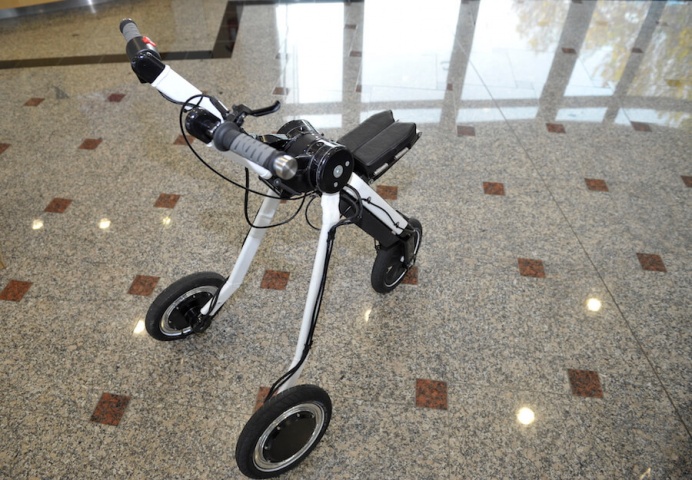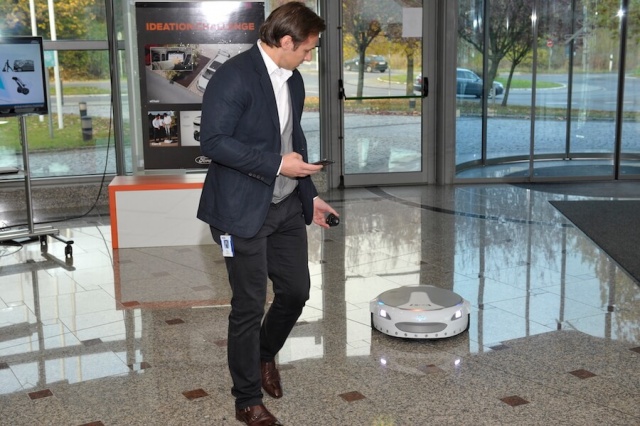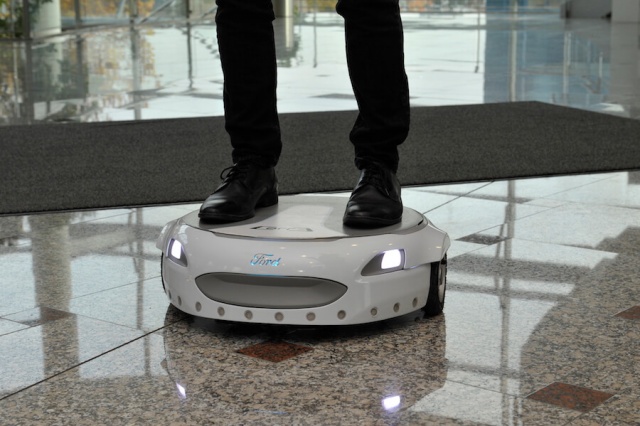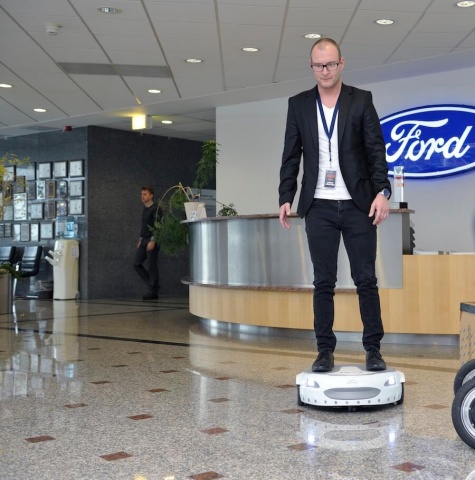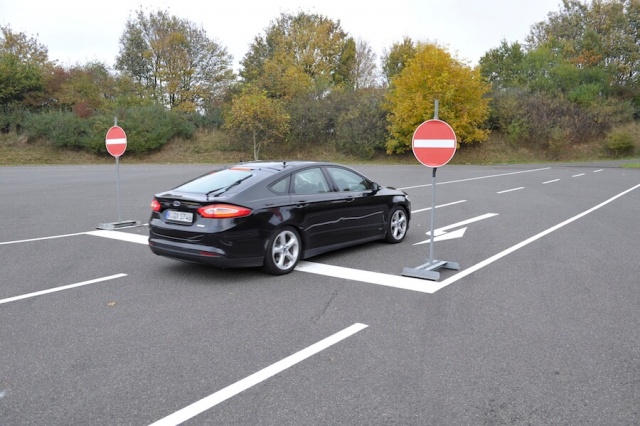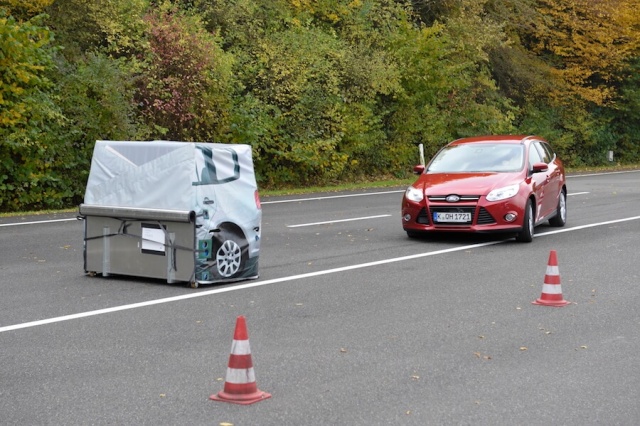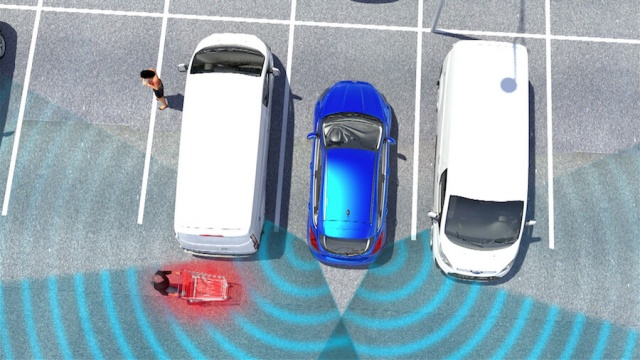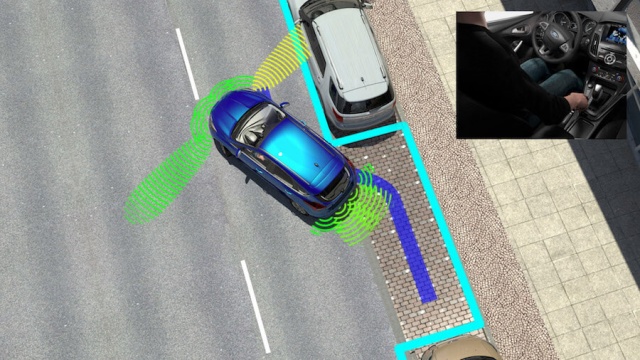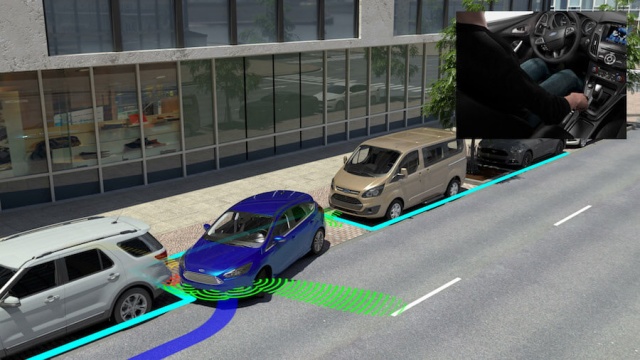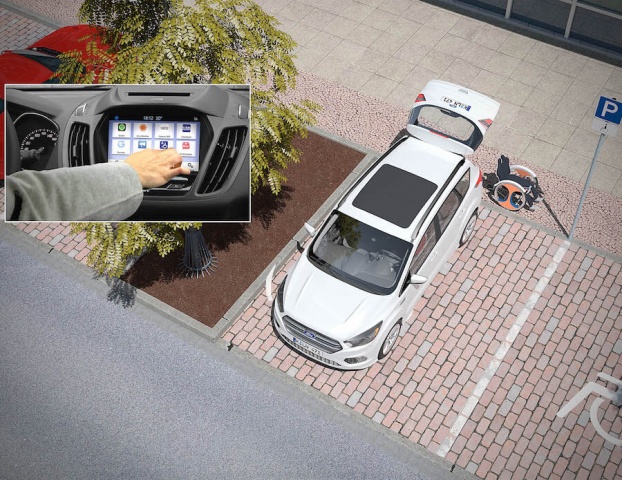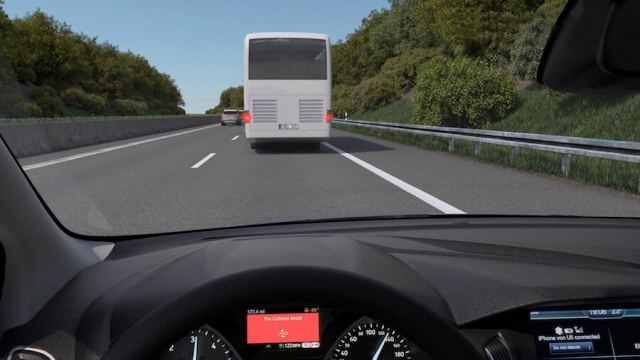At Ford's Innovation Event 2016, in its Research and Innovation Centre in Aachen, Germany, we got the chance to try out some of the latest mobility solutions, driver aids and technologies that Ford is working on bringing to a vehicle near you, soon.
Let's look at the upcoming driving assist systems:
First up is an extension of its Road Sign Recognition system. This new feature recognises wrong-way motorway entry signs and provides a warning chime and a message in the dashboard display to “check driving direction”. It is called Wrong Way Alert and it is to try to reduce the almost 2,000 traffic accidents and approximately 20 fatalities on German motorways every year caused by wrong-way drivers driving against the permitted direction of traffic on motorways. It will be rolled out in Germany, Switzerland and Austria first with other countries to follow afterwards.
We then got to experience an extension of Ford's Cross Traffic Recognition system, which, as its name suggests, detects moving traffic within a 65-foot range from either the left or right side of a reversing vehicle. However, Ford has now included active braking, which engages if the driver is reversing and does not react to the initial warning - the system automatically applies the brakes. The system can recognise motorbikes and cyclists, too. Watch Ford's Cross Traffic Recognition with Braking in action:
Ford also showed us its Rear Wide View Camera, which gives an 180-degree view behind the vehicle. This camera can flick from this wide view to the standard 130-degree view and it enables drivers to see around corners and obstacles and also to see vehicles, cyclists and pedestrians approaching from behind the vehicle. Ford already has a Front Wide View Camera system on some of its cars.
Enhanced Active Park Assist builds on the Park Assist system already in some Ford cars. This new version controls steering, gear selection and forward and reverse motion to facilitate parking at a push of a button. The system can automatically enter and exit a parallel parking space and can reverse the vehicle into a perpendicular space. To activate the system, the driver just holds down the park button and to stop the manoeuvre they release the button, therefore the driver has full control at all time. The driver doesn't need to touch the steering wheel or the pedals at all, unless of course, they want to slow the process down and then they can press the brake.
We also tested out the Evasive Steering Assist function, which uses radar and a camera to detect slower moving and stationary vehicles in front and provides steering support to enable drivers to help avoid a vehicle if a collision is imminent. Basically, if the car senses a collision and that the driver is trying to steer around the object the system kicks in and makes the steering lighter to help move the steering wheel and front wheels quicker.
Some of these systems will be in new Ford cars within the next two years.
Ford is also looking at mobility options that will help to make transportation better in areas where vehicles are not permitted or practical. As part of its Global Mobility Challenge to develop electric pedestrian assistant devices Ford presented to us three mobility solutions. The first was the eChair, a self-loading electric wheelchair, which, after the user has moved from the eChair into the car, can manoeuvre itself to the back of the car where a platform extends from the boot and the chair moves up the platform and into the car. The boot closes automatically and the driver can just drive away. This is really practical as some wheelchair users can find it difficult to get out of the wheelchair, fold it and lift it up into the boot. This eChair also eliminates the need for the wheelchair user to seek assistance as they operate it via an app on the car's touchscreen.
Another mobility device was a folding electric tricycle called a TriCiti, which can be adapted to carry items and can easily be taken onto public transport or stored in a vehicle and has a range of 30km and a top speed of 20km/h.
The final mobility device was the uber cool and sure to be a hit with the hip Carr-E. This four-wheeled device is designed to help commuters complete the final part of their journey, between parking space and destination. The Carr-E can transport people or objects up to 120kg, has a range of 22km and a top speed of 18km/h (11 mph) and fits into the spare wheel space in the boot. It’s actually a very funky looking design, like something you would find in a Pixar film. It can also be used to carry items whilst you operate it via an electronic transmitter.
And the point of these devices? Well, Walter Pijls, supervisor, Innovation Management for Mobility, Ford of Europe says: “Pedestrian assistant devices can help people to cover the final kilometres of their journey quickly and easily, and to transport heavy objects they might otherwise have to carry.”
This Innovation Event really showed Ford’s expansion into both an auto and a mobility company and it is great to see companies thinking about car buyers and their needs whilst they are both in and out of their car. And with some cities now inaccessible by motor vehicles and more and more cities heading that way, final mile solutions and alternatives are certainly going to be needed.

